For a newcomer to the art scene, buying art can be a daunting proposition. What size? What style? How much (the cost)? Which artist?
You will be bombarded with several questions, so it helps to be prepared. Here are a few tips for buying your first piece of art.
1. Figure out what you like
It’s important to first figure out what you like. The best way to do this is to spend some time looking at different works of art. Visit museums, art galleries and art exhibitions in your local area. Additionally, you should visit websites that sell art and the personal websites of artists whom you’ve come across.
Throughout this process you are sure to come across some pieces that strike you as special. Maybe you have a connection with the subject or locations depicted in the artwork. Whatever it is, you’ll know it when you see it.
2. Learn the industry jargon
If you plan on buying art, it’s useful to know the definition of a few keys terms. Quite often, these terms can mean the difference between cheap, affordable and expensive art:
- Original Art - this refers to any art that is one-of-a-kind. Imagine if an author could only sell one copy of their novel. How much do you think the book would be worth? An artist can only profit once from original art.
- Reproduction - this is a copy of an original piece of art. For example, a poster of an original painting would be a reproduction. Another example is a digital print of a handmade fine art print.
- Limited Edition - an artist can set a limit for the number of prints they will make with a given image. Conversely, the artist may declare that there is no limit to the number of prints, and this is known as an Open Edition.
- Artist Proof - this was originally referred to a proof of a print, but nowadays it’s usually a first impression kept by the artist, outside the regular numbered edition and can make up 10-20% of a print run.

Framed print of limited edition Uncommon
3. Set a budget
You really need to set a budget in terms of what you can afford, and you have to be prepared to spend a little bit more. One longtime art collector shared this bit of advice:
“The things that I regret in purchasing [art] are not any works that I purchased, at least so far, but the works that I didn’t purchase. They were things just a little outside my price range but, man, I loved it and I didn’t buy it. And then I lost the opportunity.“
If you really love it, trust your instincts. Set a budget and be prepared to spend a little more because:
- The extra budget will take care of shipping and insurance.
- If it’s the something you really love but it’s a little bit outside of your price range, then you have some wiggle room to play with.
4. Yes, size does matter
You want to be sure that this new artwork fits into your home or office. One of the worst experiences you can have as a new art buyer is falling in love with a piece, buying that piece, and then having nowhere to place it!
You need to have a good idea of the size of where you’d like to place the art and the size of that space before you complete the purchase. I’ve written a bit about getting the best sized art for your space. Check it out here.

Framed canvas print of Papa Falls
5. Buy what you love
Friends, family and strangers alike will give all sorts of advice about what to buy, when to buy it, and where to buy it. But you should love how the art makes you feel. (Read: 4 ways to create calm with Art)
It could simply fits with your home décor, or maybe it is something more personal that represents something emotional for you. Find a place in your home or office to display your art and set aside time to relax and appreciate it.
Most importantly, have fun and enjoy your new art!



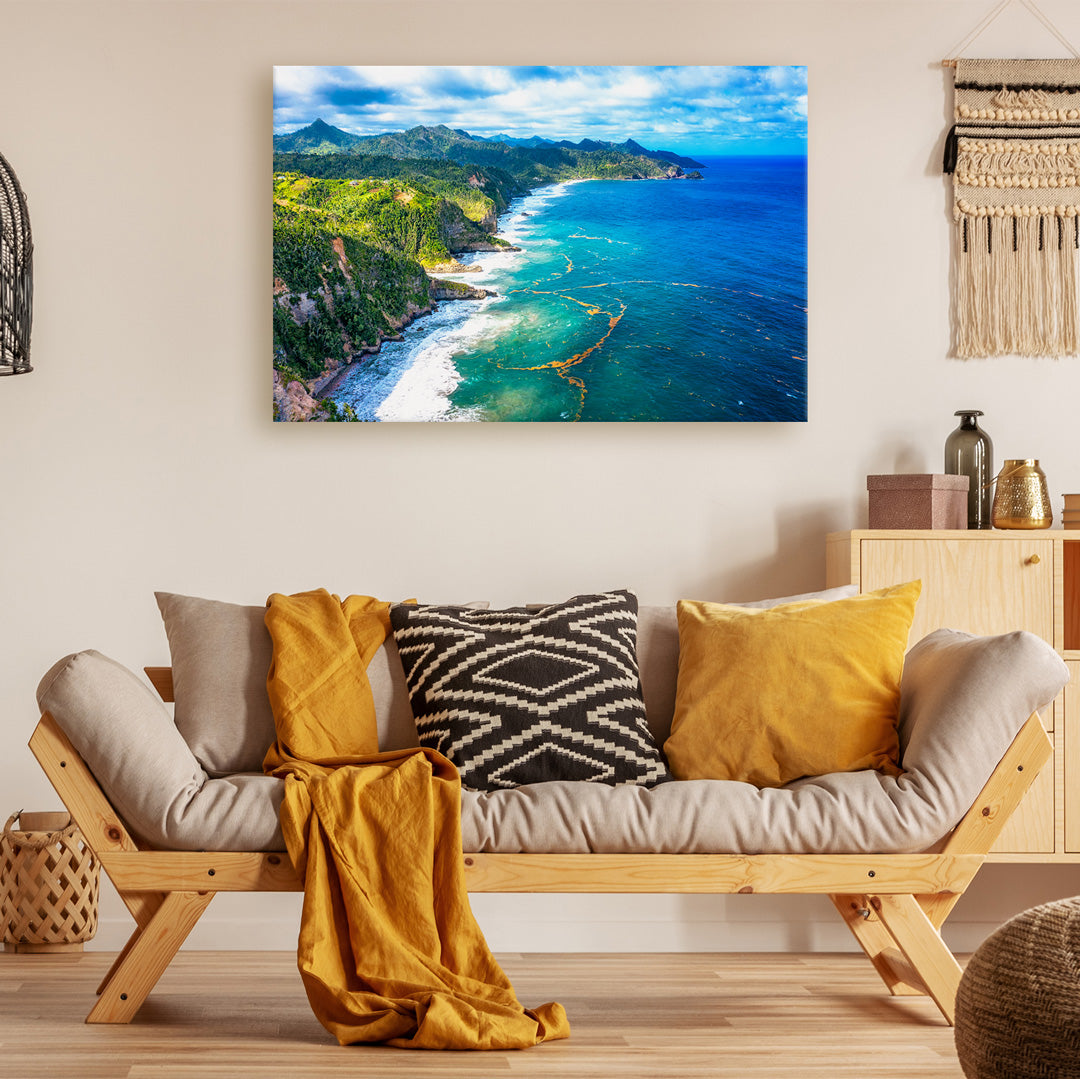
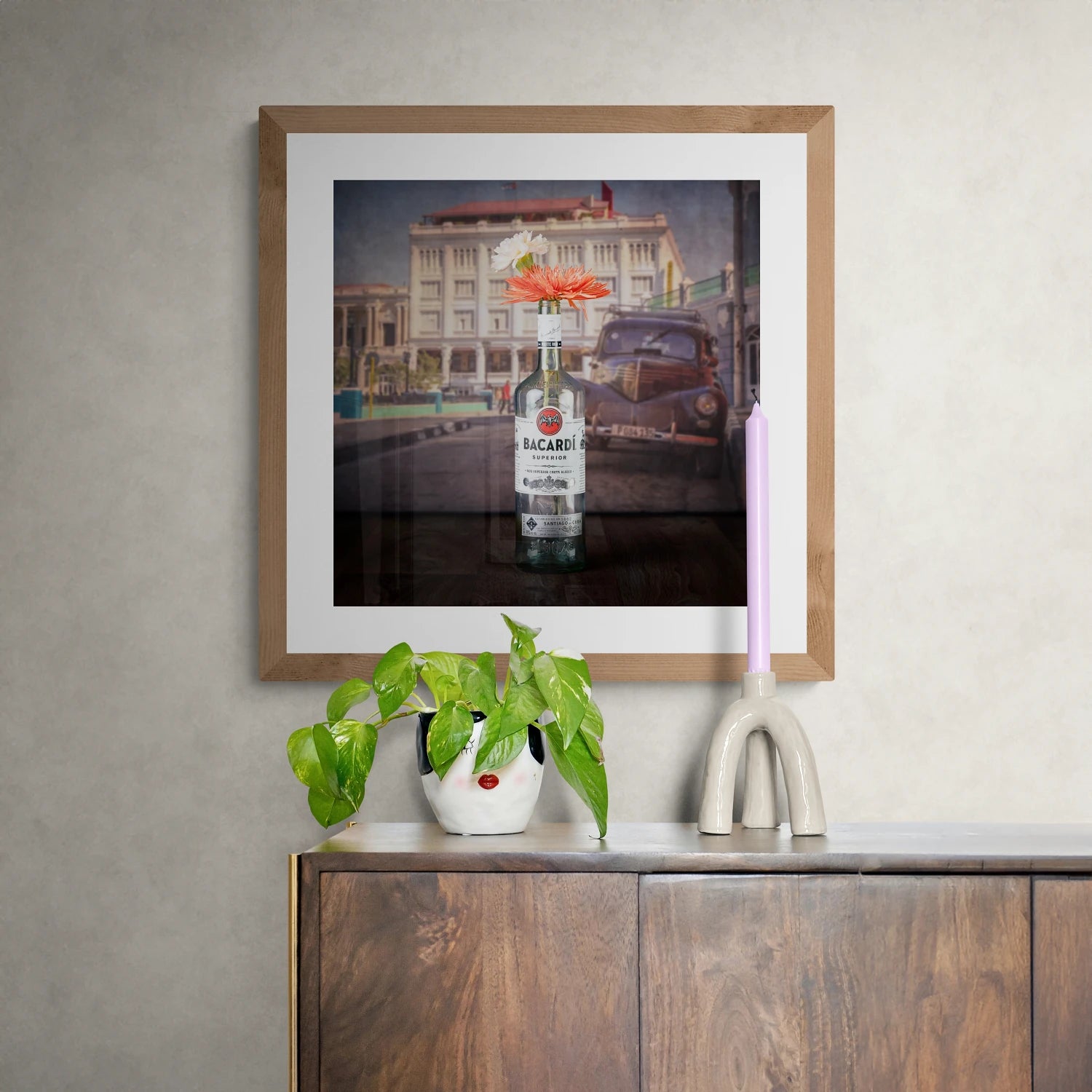
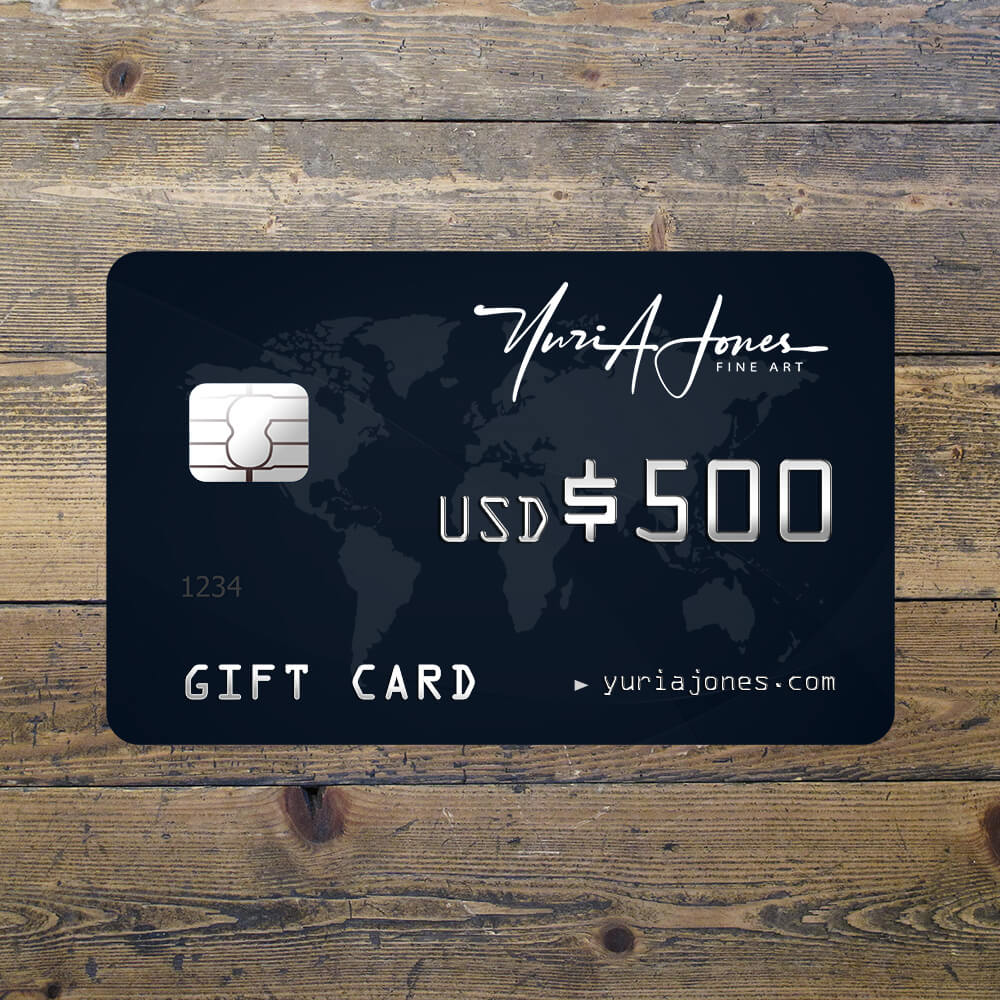
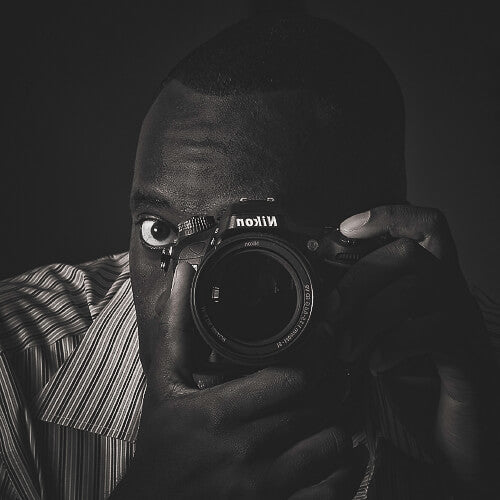


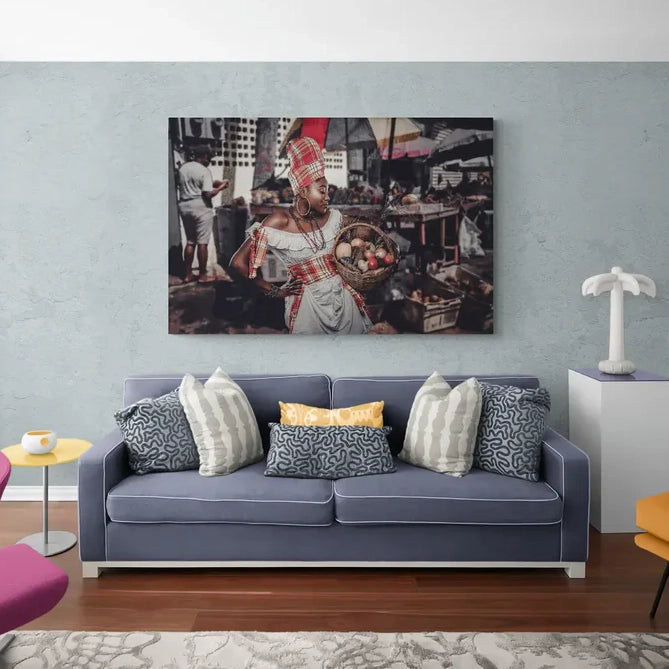
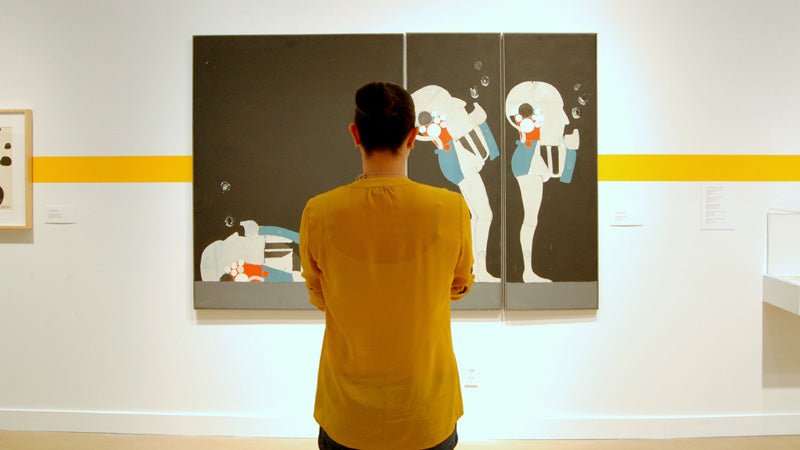
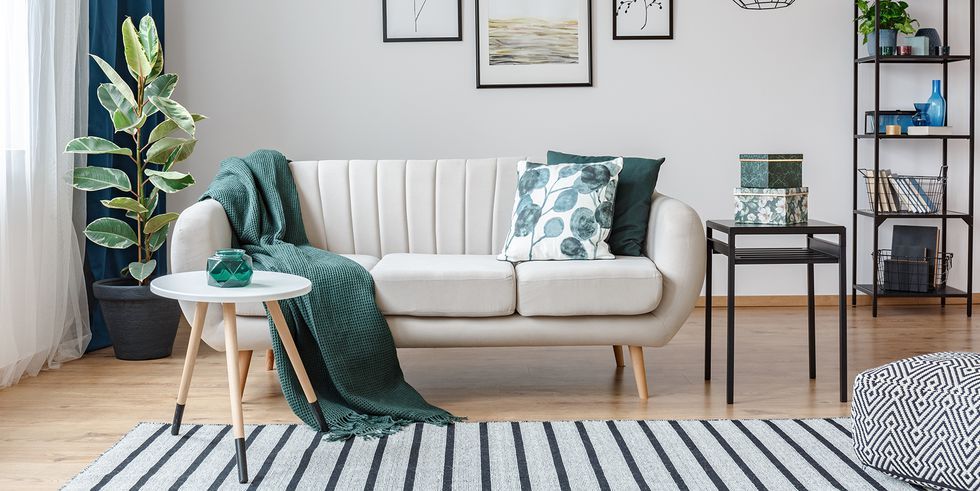

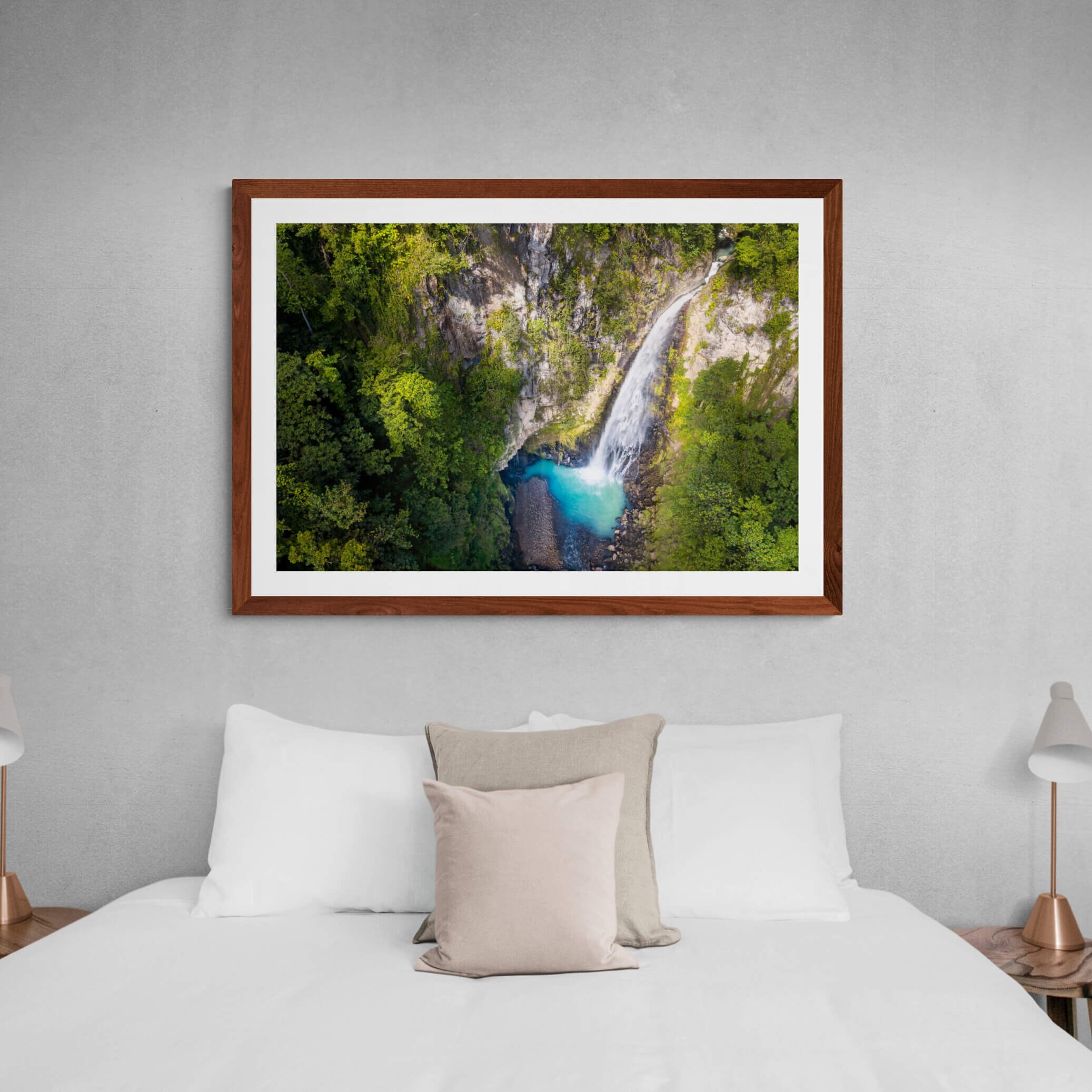
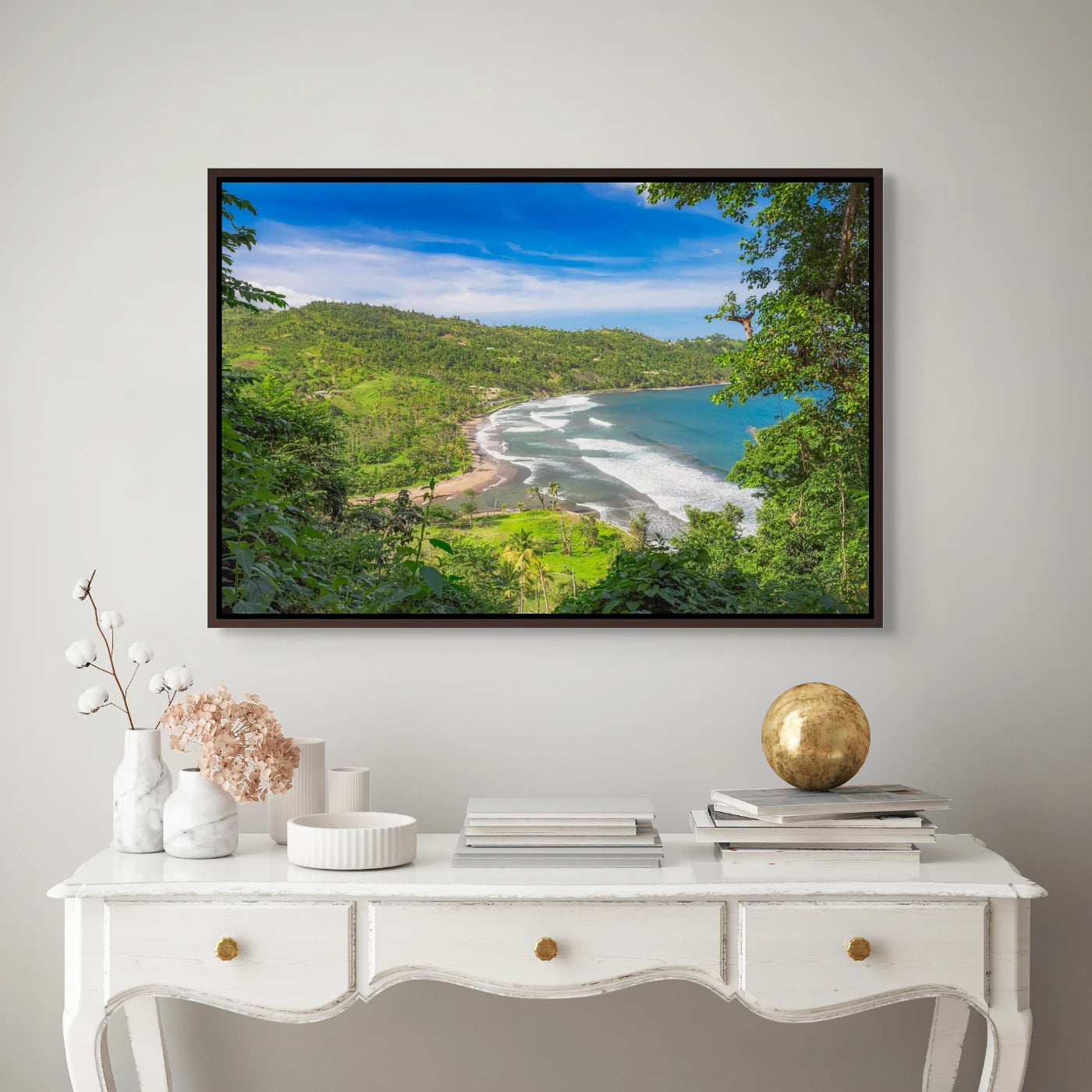
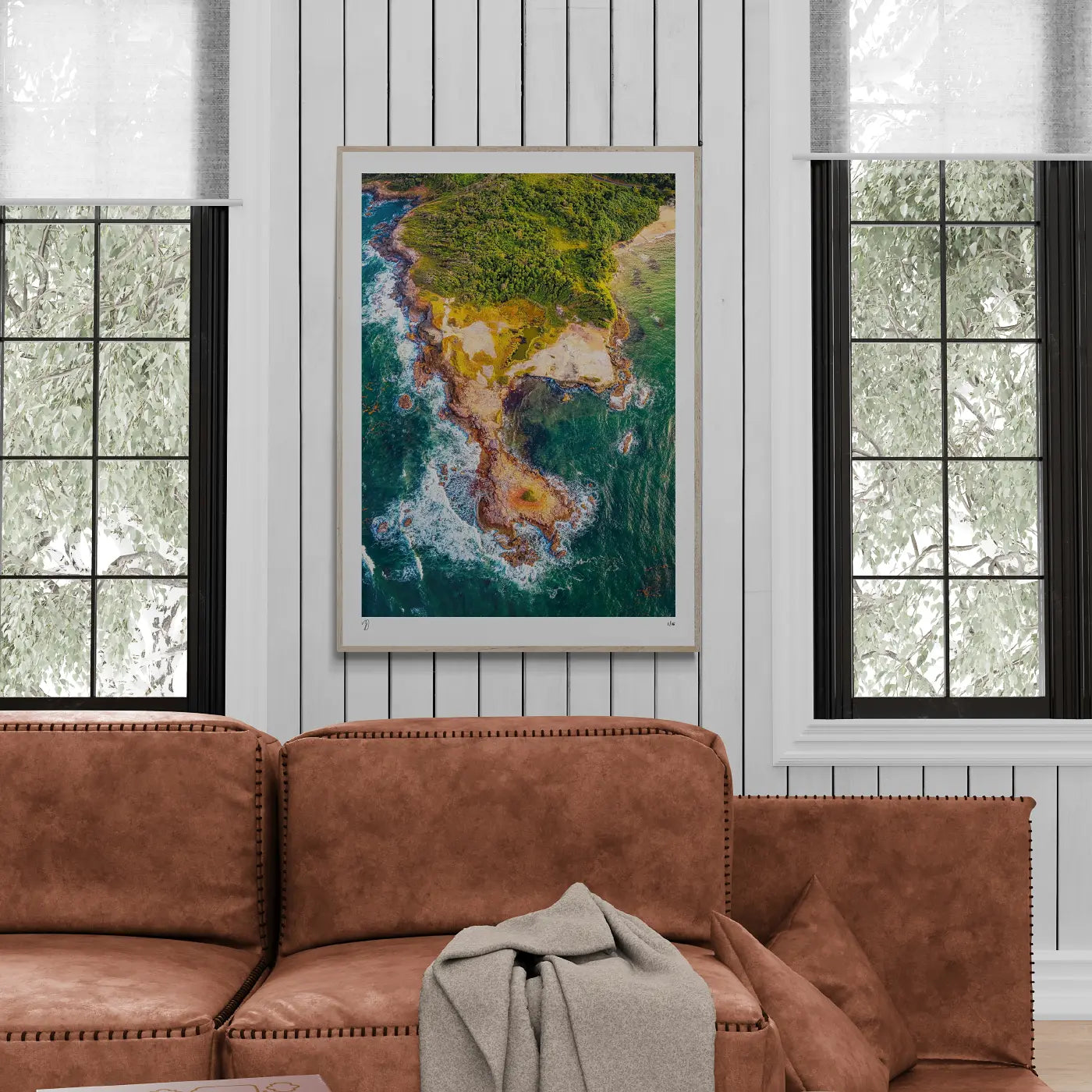
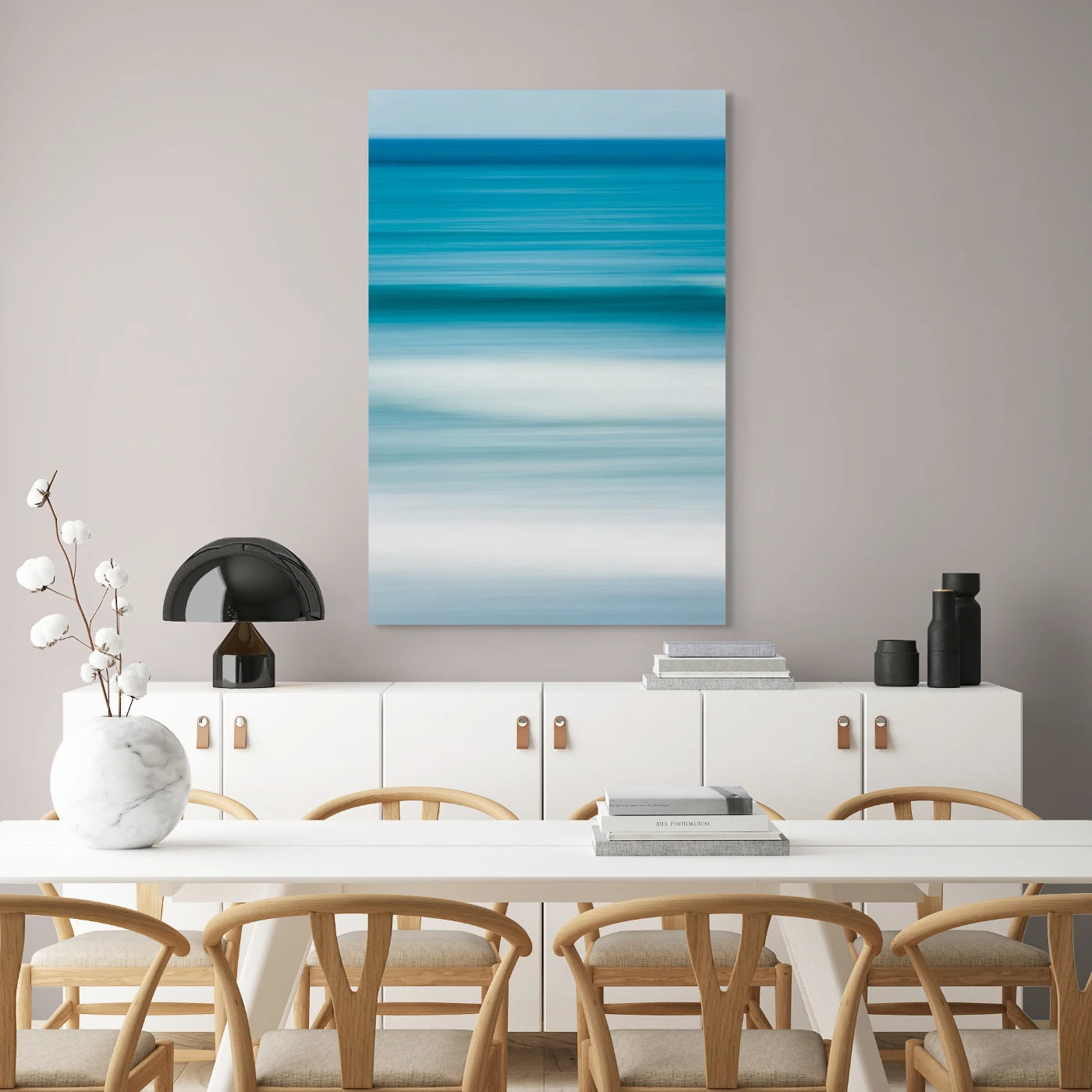
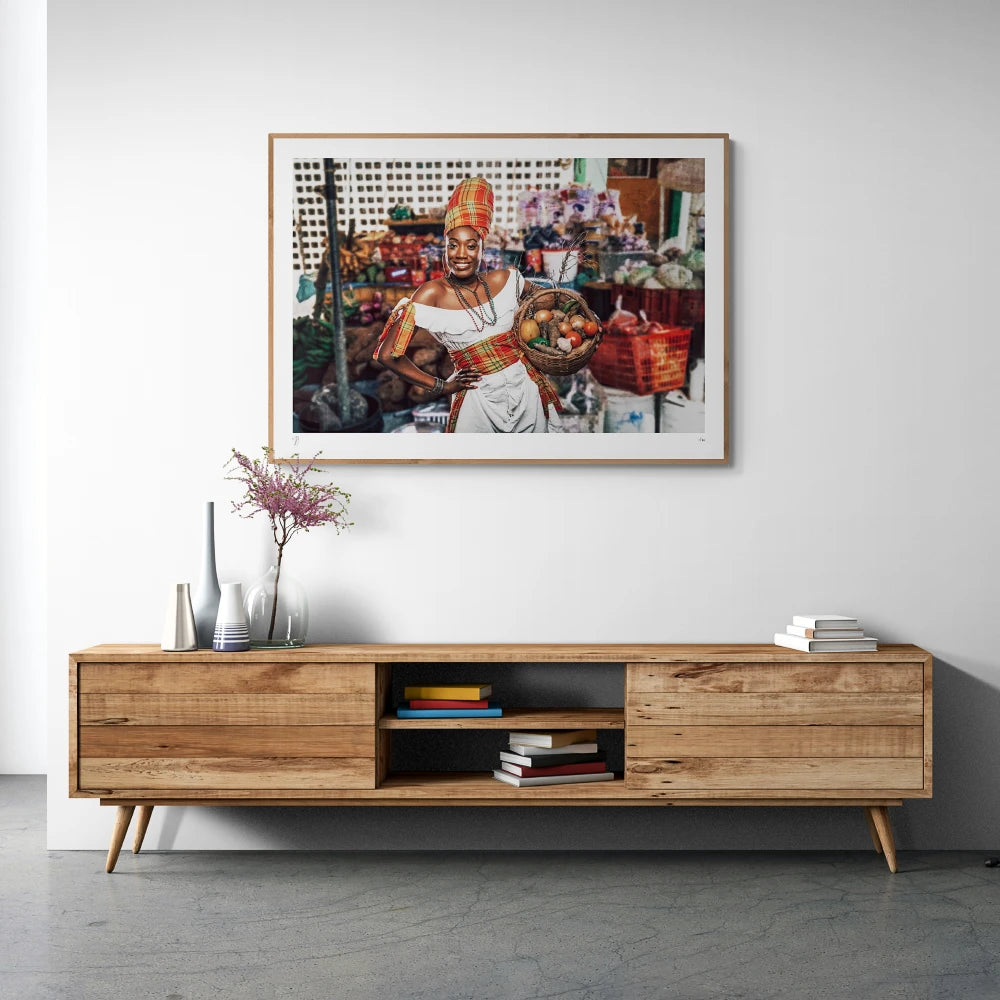





4 comments
Anna Collins
I’m glad that you talked about how it’s best to set a budget when buying a painting and leave aside extras for shipping and insurance. I just moved to a new condo unit a week ago, and I was thinking of adding paintings to my walls to make the place look less dull. I’ll keep this in mind while I hope to find abstract original paintings for sale this weekend. https://davidwdouthat.com/
Shammy Peterson
I found it helpful when you suggested setting a budget in order to better understand what you can afford. This is a helpful tip for me because I am interested in visiting an art gallery next Sunday to shop for an original abstract. Since I want to ensure that I won’t end up breaking my bank, I will be sure to remember your tips. https://positiveemotionalartsullivangallery.com/
Yuri A Jones
Hi Leviticus Bennet, thanks for your comment. Abstract art is beautiful and I’m working on a few techniques to get into that niche as a photographer. The work at the website you posted is beautiful though. Thanks for sharing.
Leviticus Bennet
I really like your tip to first figure out what you like. Personally, I’m looking for a more abstract piece. I’d love to commission some art of my own. https://www.ellovaas.com
Leave a comment
All comments are moderated before being published.
This site is protected by hCaptcha and the hCaptcha Privacy Policy and Terms of Service apply.